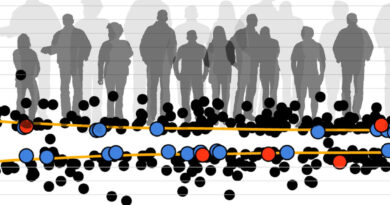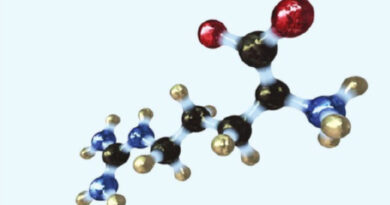The Inheritance of Skin Color in Humans
The inheritance of skin color in humans is a complex process influenced by genetic, environmental, and evolutionary factors. Unlike traits controlled by a single gene, skin color results from the interplay of multiple genes, making it a classic example of polygenic inheritance. This intricate process reflects human adaptation to various environments and provides fascinating insights into our evolutionary history.
Genetic Basis of Skin Color
Skin color is primarily determined by the type and amount of melanin produced by melanocytes, which are specialized cells in the skin. Melanin is of two main types: eumelanin (which is dark brown to black) and pheomelanin (which is red to yellow). The ratio and amount of these melanins dictate the wide range of human skin tones.
Several genes play a significant role in the production and regulation of melanin. Key genes involved include:
– MC1R (Melanocortin 1 Receptor): Influences the type of melanin produced. Variations in this gene are associated with red hair and fair skin in many populations.
– SLC24A5 and SLC45A2: These genes are involved in the melanin production pathway and have been shown to significantly affect skin pigmentation.
– TYR (Tyrosinase): An enzyme crucial for the initial steps of melanin synthesis.
– OCA2 and HERC2: Affect the amount and distribution of melanin in melanocytes.
Each of these genes can exist in different variants (alleles), and their interactions contribute to the continuum of skin colors observed in humans. The additive effect of multiple genes means that the combined influence of several alleles from both parents determines an individual’s skin color.
Polygenic Inheritance and Continuous Variation
The polygenic nature of skin color inheritance means that it does not follow simple Mendelian patterns. Instead, it results in continuous variation across populations. For instance, if a person inherits alleles associated with higher melanin production from both parents, they will have darker skin. Conversely, inheriting alleles associated with lower melanin production results in lighter skin. Most people fall somewhere in between, contributing to the spectrum of skin tones seen worldwide.
Evolutionary and Environmental Influences
Skin color variation is an adaptive trait shaped by evolutionary pressures. The primary factor influencing this adaptation is ultraviolet (UV) radiation from the sun. Populations living closer to the equator are exposed to higher levels of UV radiation, which can be harmful but also necessary for vitamin D synthesis. Darker skin, with more eumelanin, provides protection against UV damage and skin cancers. In contrast, lighter skin is more efficient at producing vitamin D in regions with lower UV radiation, which is crucial for bone health.
Human migration and the spread of populations into diverse environments have led to natural selection favoring different skin tones in different regions. This evolutionary perspective explains why indigenous populations in Africa typically have darker skin, while those in northern Europe have lighter skin.
The Role of Epigenetics
Recent studies suggest that epigenetic factors also play a role in skin color variation. Epigenetics refers to changes in gene expression that do not involve alterations in the DNA sequence itself but are influenced by environmental factors and lifestyle. These changes can affect how genes involved in melanin production are turned on or off, contributing to skin color diversity.
Conclusion
The inheritance of skin color in humans is a testament to the complexity of genetic traits. It involves multiple genes and their interactions, shaped by evolutionary and environmental pressures. Understanding this process not only highlights the diversity of the human species but also emphasizes the role of adaptation in our evolutionary history. As research advances, we continue to uncover more about the genetic and epigenetic mechanisms underlying skin color, providing deeper insights into human biology and evolution.



